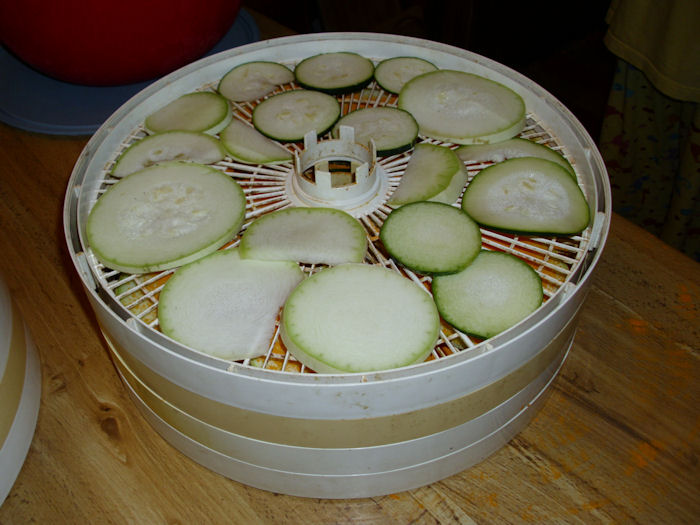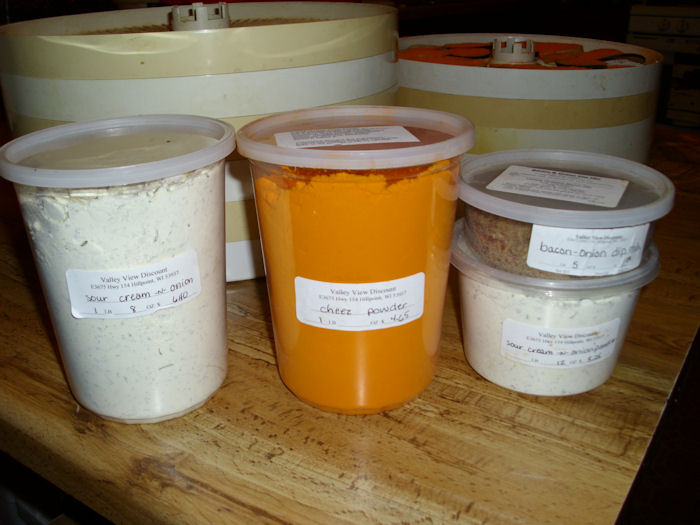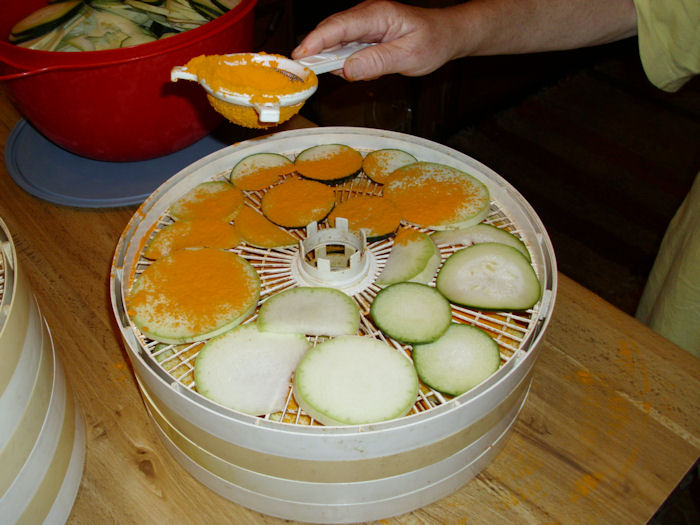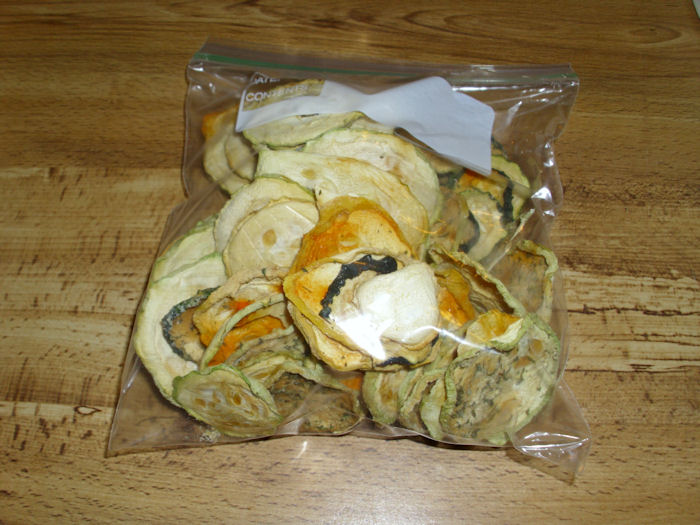You find it stashed beneath some leaves and it’s gargantuan—a zucchini that somehow missed your attention earlier. What do you do with this massive thing? Well, for one thing, you could eat it as normal. When you look at the nutritional benefits of the baby zucchini that most people eat, you might as well drink a glass of water for all the good it does you. The plant puts all its effort into the seeds, which aren’t developed at the time most people pick their zucchini. In fact, the seeds are simply packed with all kinds of good nutrition, including the highly sought Omega-3 and Omega-6 fatty acids. So, eating a larger zucchini has significant health benefits.
The secret is to learn when to pick your zucchini. We wait until they’re about 2 or 3 inches in diameter and the seeds are well developed, but you can still push a thumbnail through the skin. If you wait too long, the skin gets pretty tough. Yes, you can peel the skin off, but then you lose all of the wonderful fiber that zucchini can provide.
However, the subject of this post is to tell you about something interesting you can use those oversized zucchinis for. We use them to make a substitute for potato chips that provides some significant health benefits, yet taste absolutely amazing. Our technique isn’t completely healthy, but I’ll take them anytime over the store purchased chips. You begin by thinly slicing your Zucchini as shown here and placing them in a dehydrator.
We sprinkle the tops of the zucchini with popcorn seasoning that we buy in bulk from a local store. The popcorn seasoning comes in four flavors: cheese, sour cream/onion, ranch, and bacon/onion. The cost for the product is extremely low when you buy in bulk quantities like this:
A one pound container of the topping cost us $4.65 at the local bulk goods store. You don’t need to use a lot of the topping. Just a dusting will add a bit of wonderful flavor to the resulting chips as shown here:
You can use any sort of zucchini to produce the chips. As you see, we have a variety in the dehydrator right now. However, our friends introduced us to the Clarinette Lebanese Squash, which has a light green exterior, and produces a superior chip. The chip retains its crispiness far longer and the zucchini itself is a better shape for chips in that it tends to grow bigger around in a shorter period without getting a hard skin.
To perform the drying, you set the dehydrator to 155º. Check the dehydrator every few hours. When the chips are crispy (in about six hours), the drying process is done. Rebecca packages the initial chips in resealable bags until she has enough, then she uses the Food Saver to store the chips in sealed bags that contain a little air to prevent chip breakage. Normally, she makes me two five-gallon containers of chips for the winter (along with two more five-gallon containers of apple chips that I’ll describe later). Here’s the preliminary result:
We’ve never had any of our chips go bad. They should last at least a year if you seal them properly. So, what is your favorite alternative way to use zucchini? Let me know at [email protected].




